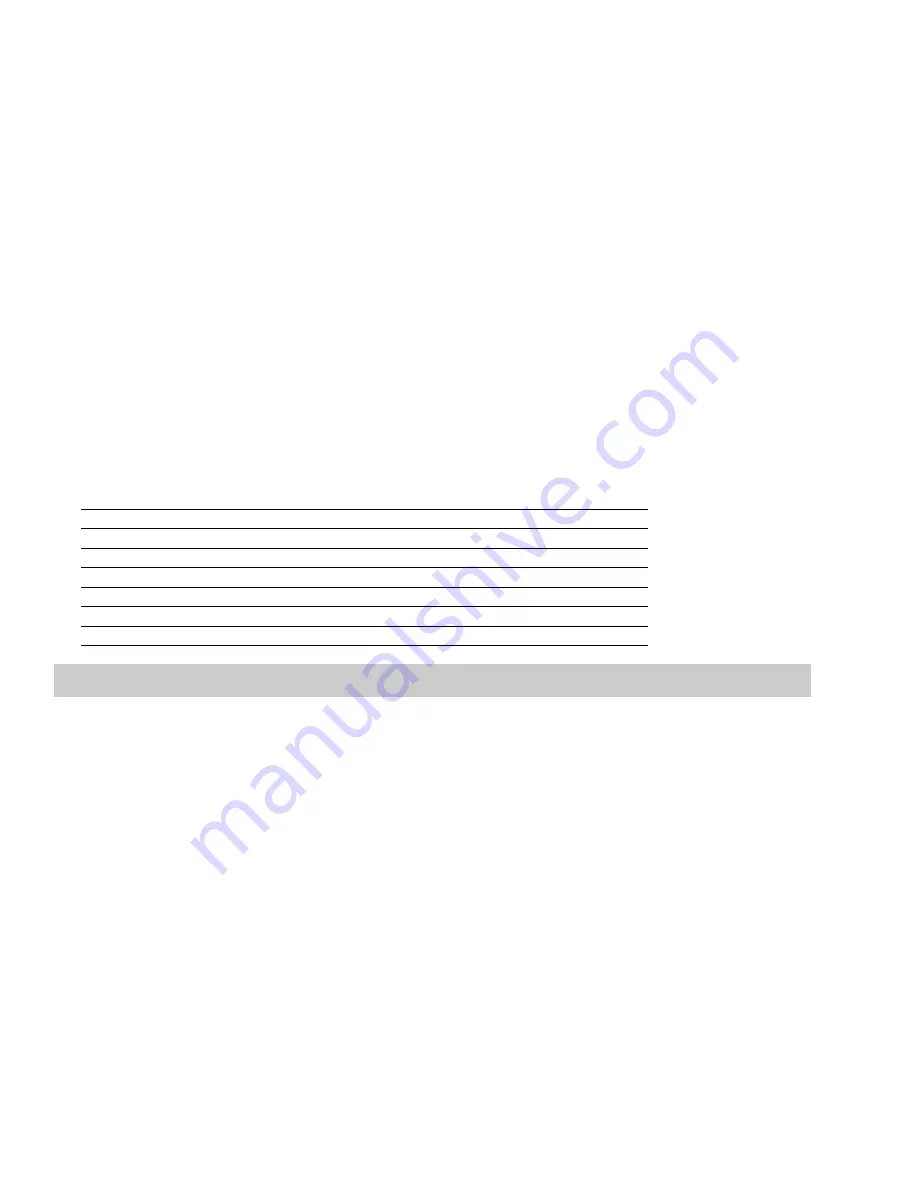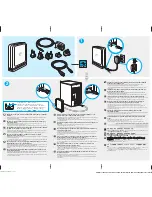
Recreating spaces for foley effects and dialog replacement
Frequently, dialogue recorded in the field is rendered unusable by ambient noise. If you are shooting in the field and realize that
overdubbing will be necessary, you should create an impulse in each filming location. This allows you to overdub dialog during post
production that is indistinguishable from dialog recorded on location.
If you intend to use the Acoustic Mirror effect as a film/video post-production tool, there are some factors to keep in mind:
•
Distance information is determined by the distance between the source and the microphone when creating the impulse. Record
multiple impulses at various distances for each location to create realistic dialog effects when matching audio processing to
approximate camera positioning.
•
The frequency response of the human ear changes as the volume of a sound increases. As a result, impulses created from a
significant distance may sound unusual at high volumes.
•
Placing a microphone off center allows you to create directional information in the recovered impulse. For example, placing a
microphone to the left of the speaker produces an impulse that approximates a source located on the left side of the screen.
Panning with head-related transfer functions
A head-related transfer function (HRTF) contains the frequency and phase response information required to make a sound seem to
originate from a specific direction in a three-dimensional space. The
Acoustic Mirror Impulse Files\HRTF Impulses
folder on the Sound
Forge application disc contains a collection of impulse files that contain directional cues.
To achieve optimal results using these impulse files, the original file should be mono and playback should be monitored using
headphones. To begin, convert the mono file to stereo by replicating the mono signal in each channel. After the audio is converted to
stereo, choose an impulse file from the
HRTF Impulses
folder. You will notice that the
HRTF Impulses
folder is further divided into
Left
and
Right
directories. Opening the desired folder displays the available impulse files, all of which are named based on their elevation
(up or down) and azimuth (left or right) angles in degrees. The following table provides some examples:
File Name
Impulse positioning
0E000L
Straight ahead
0E090L
Far left
0E090R
Far right
90E000L
Directly above your head
0E180L
Directly behind you
-20E120L
Below, behind, and to your left
Note:
Refer to
Readme.doc
in the
HRTF Impulses
folder for more information.
Troubleshooting the Acoustic Mirror effect
The following sections describe problems that may be encountered when working with the Acoustic Mirror tool.
Stuttering during real-time previewing
It is not uncommon to experience problems when previewing processing in real-time. The following sections contain several
suggestions to remedy the situation.
Lower the Quality/speed setting
Lower the value of the
Quality/speed
control on the
General
page. When previewing lengthy impulse responses, a setting of
1
or
2
may
be necessary; however, the quality suffers. This setting should always be returned to
5
prior to processing to maintain effect quality.
224
|
CHAPTER 13
Summary of Contents for Pro 10
Page 1: ...Pro 10 Sound Forge User Manual ...
Page 2: ......
Page 26: ...20 CHAPTER 1 ...
Page 60: ...54 CHAPTER 2 ...
Page 152: ...146 CHAPTER 8 ...
Page 166: ...160 CHAPTER 9 ...
Page 176: ...170 CHAPTER 10 ...
Page 200: ...194 CHAPTER 11 ...
Page 220: ...214 CHAPTER 12 ...
Page 236: ...230 CHAPTER 13 ...
Page 266: ...260 CHAPTER 16 ...
Page 278: ...272 CHAPTER 17 ...
Page 312: ...306 CHAPTER 20 ...
Page 346: ...340 APPENDIX C ...
Page 366: ...360 APPENDIX E ...
















































